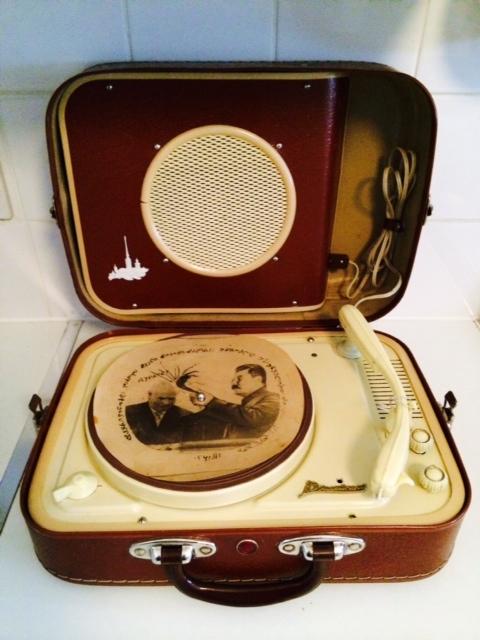It is difficult to comprehend or over estimate the effect that hearing certain Western music such as the Beatles on X-Ray records had on some young Soviet people. In the case of Kolya Vasin, still widely known in Russia as 'The Beatles Guy', it literally transformed his life - he has pretty much devoted himself to the Fab Four ever since. His apartment in St Petersburg is a temple to them.
Here is one of his Beatles Bones - painstakingly customised with the faces of John, Paul, Ringo and George. It maybe the first one he bought but he never plays it - it is too important and has the status of a sacred object for him. The musical score on the disc doesn't appear to be a Beatles tune.
There is more on my encounter with him last year here.








